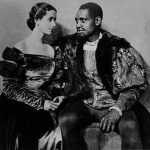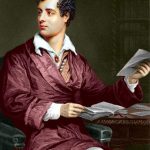In general, the Romantic Period began around the year 1798 and continued until the year 1837. The political and economic climate of the time had a significant impact on this period, and the French Revolution served as a source of inspiration for a great number of authors. During this time period, there was a significant amount of social change. At this time, there was an increase in the volume of calls for the abolition of slavery, and more people wrote publicly about their opposition to the institution.
Following the Agricultural Revolution, people relocated from rural areas and farmland to urban areas. It was in these urban areas that the Industrial Revolution began, which resulted in the creation of jobs and the introduction of new technological advancements. This phenomenon would eventually expand to the United States in the 19th century.
Romanticism was a response to the growth of industrialism, as well as a criticism of the social and political conventions practiced by the aristocracy, and a request for more attention to be paid to nature. Romantic writers were later classed as Romantics because of their capacity to express the feeling and tenderness of man. Romantic writers did not consider themselves to be Romantics at the time, but they were later classified as such.
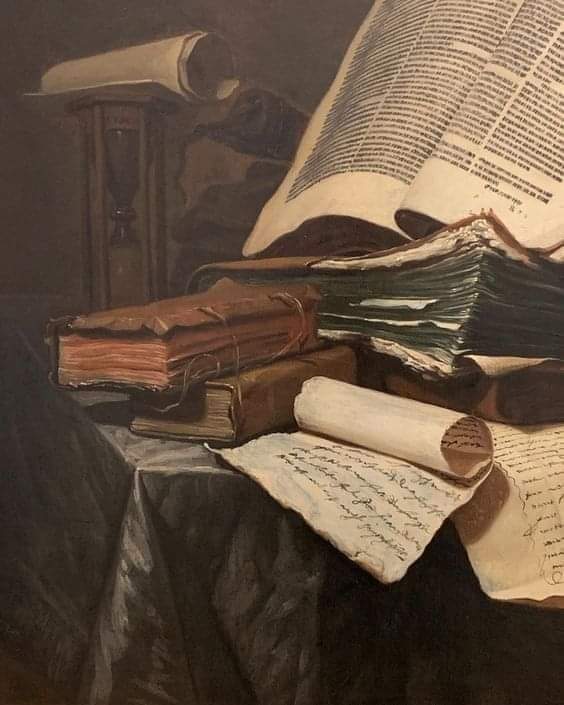
WHAT IS THE ORIGIN OF ROMANTICISM?
To this day, Robert Burns is regarded as the person who initiated the Romantic Movement. The lyricism and sincerity of his writing distinguish him as an early Romantic writer, despite the fact that his death occurred in 1796, which is considered by many to be the beginning of Romanticism. Both “Auld Lang Syne” (1788) and “Tam o’ Shanter” (1791) are considered to be among his most noteworthy works.
A great number of authors who worked throughout the Romantic period were influenced by Burns.William Blake is considered to be one of the early writers of the Romantic Period. Blake was a proponent of both political and spiritual liberty, and he frequently wrote about these topics in his different writings. Blake is considered to be one of the pioneers of this movement, despite the fact that some of his poetry was published prior to the official beginning of the age.
His works, Songs of Innocence (1789) and Songs of Experience (1794), are two of his most significant. Blake pits the innocence and imagination of childhood against the harsh corruption of maturity, particularly within the metropolis of London, in these collections of poetry, which are among the first to romanticize children. Blake’s writings are among the first to romanticize children. Additionally, he was well-known for the exquisite paintings that accompanied each of these poems which he created
Romanticism’s nature
The term “Romantic” is essential but misleading because there was no self-styled “Romantic movement” at the time, and the greatest writers of the period did not call themselves Romantics. The “organic,” “plastic” qualities of Romantic art and Classicism’s “mechanical” nature were not clearly distinguished until August Wilhelm von Schlegel’s Vienna lectures in 1808–09.
However, many of the era’s greatest writers believed the world was changing. Percy Bysshe Shelley’s “The world’s great age begins anew” echoed William Blake’s 1793 “a new heaven is begun.” “These, these will give the world another heart, / And other pulses,” wrote John Keats of Leigh Hunt and William Wordsworth. England’s long-cherished ideal of freedom was being applied to all human endeavours.
It was reasonable to think the age of dictators would end as that concept spread over Europe.The new importance of personal thought and feeling is particularly noticeable in poetry of the time. In contrast to 18th-century poetics, which praised the general and saw the poet as a spokesman of society speaking to a cultivated and homogeneous audience to impart “truth,” the Romantics discovered poetry in the unique experience. Blake’s marginal comment on Sir Joshua Reynolds’s Discourses: “To generalise is to be an idiot. Only Particularisation distinguishes merit.” The poet was distinguished by his intense views, which focused on his own mind. Sincerity was the standard for poetry, which was considered its own truth.
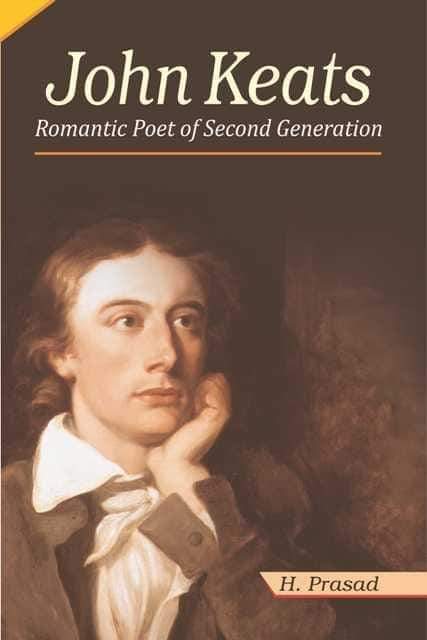
Robert Burns’ poetry show how the emphasis on feeling continued the “cult of sensibility”; Alexander Pope hailed his father as having known no language except the language of the heart. Feeling was emphasised in most Romantic poetry definitions. Wordsworth called poetry “the spontaneous overflow of powerful feeling,” while John Stuart Mill described it as “feeling itself, employing thought only as the medium of its utterance” in 1833.
Thus, the lyric gained importance since the best poetry expressed the most emotion. Romantic writing also emphasised imagination above mimetic assumptions of the Neo-classical age. Samuel Taylor Coleridge believed the imagination was the highest poetic quality, making the poet godlike. Samuel Johnson defined poetry as “invention, imagination and judgement,” whereas Blake stated, “One Power alone makes a Poet: Imagination, the Divine Vision.” Thus, poets of this period focused on the unconscious mind, dreams and reveries, the supernatural, and the childlike or primitive view of the world, which was valued for its clarity and intensity before civilised “reason.”
Many quoted Rousseau’s emotional image of the “noble savage” without knowing that Dryden coined the phrase or that Pope’s An Essay on Man described the type in the “poor Indian”. If poetry is spontaneous, sincere, and intense, it should be shaped by the creative imagination, an indication of the Romantic emphasis on form over judgement. Wordsworth instructed a young poet, “You feel strongly; trust to those feelings, and your poem will take its shape and proportions as a tree does from the vital principle that actuates it.”
This biological understanding of poetry contradicts the classical theory of “genres,” each with its own grammatical propriety, and it made poetic sublimity seem unreachable except in brief periods.
With a fresh poetic concept and subject matter came a need for new writing styles. Wordsworth and his followers, especially Keats, found late 18th-century poetry diction old and stiff, or “gaudy and inane,” and unsuitable for expressing their feelings. It wasn’t the language of feeling for them, so Wordsworth tried to return poetry to common speech. Despite his idea, Wordsworth’s diction often differs. By 1800, when he published his prelude to Lyrical Ballads, the fluid diction of 18th-century poetry had calcified into conventional language.
Poetry of Romantic Age;
Lyrical Ballads, which were written by William Wordsworth and Samuel Taylor Coleridge and published in 1798, is considered by academics to represent the beginning of the beginning of the Romantic Period. At the time, this was one of the earliest collections of poetry that deviated from the more formal literary diction that was prevalent during the Neoclassical Period. Instead than using figurative language, poets of the time period employed plain phrases that the average person could comprehend.
The expression of human feeling was also facilitated by this. Wordsworth primarily wrote about nature. He was of the opinion that it had the potential to offer a source of mental cleansing and spiritual comprehension. “The Solitary Reaper” (1807) is one of the most well-known compositions that Wordsworth has produced.
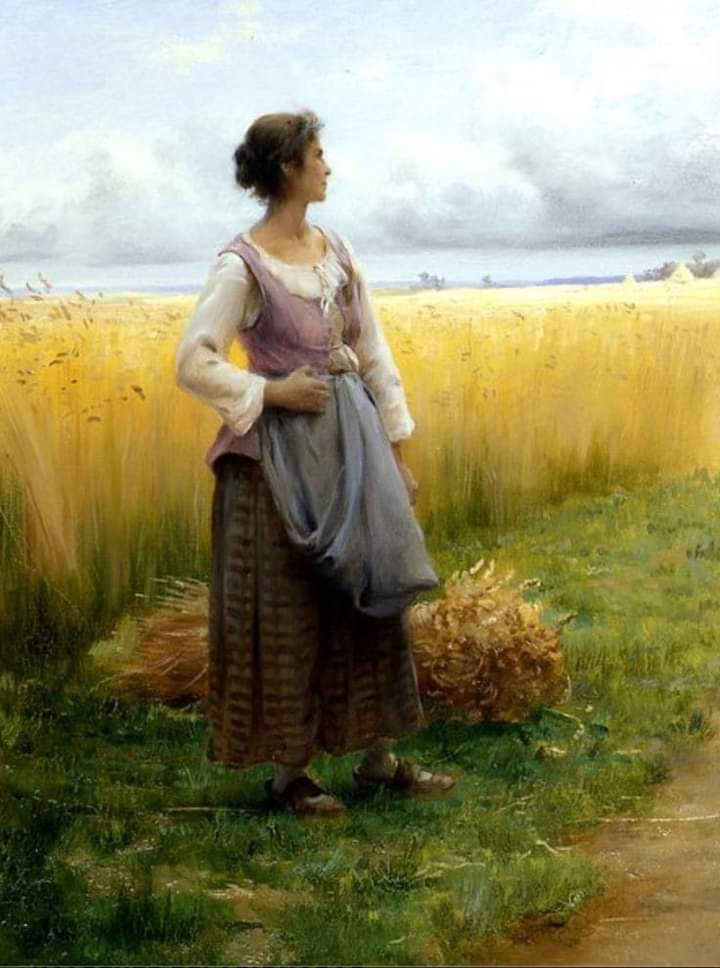
In this poem, Wordsworth expresses his admiration for the aesthetic value of music and demonstrates the free flow of language and feeling that he believed was essential for poetry. The Prelude (1850), a semi-autobiographical conversation poem that narrates Wordsworth’s entire life, is considered to be his most significant work. Conversational poetry was the literary form that Wordsworth and Coleridge employed the most frequently.
Coleridge wrote a sequence of eight poems that followed the framework of the genre of conversational verse and examined greater themes of nature, man, and morality. Wordsworth was also a prolific poet. In addition to being written in blank verse, this poetry is of an exceedingly personal and intimate character, with a significant portion of the content being based on the author’s own life.Coleridge and Wordsworth were close friends, and they frequently affected one another.
Wordsworth even influenced Coleridge. Coleridge, on the other hand, was the complete opposite of Wordsworth and led a life that was more uncontrolled. Wordsworth was much more meditative and quiet. The Rime of the Ancient Mariner (1798) is the only one of his three great poems that has been brought to a conclusion. The travels of a sailor and his experiences while he was on board the ship are details that are told in this poem.
The sailor is afflicted with a curse that is caused by mystical powers, and the only way for him to return home is if he values the creatures and nature that are all around him. He is forced to wander the Earth sharing his story due to his earlier mistakes. His two other long form poems are Kubla Khan (1816) and Christabel (1816). Following the reading of a piece of literature on the Chinese ruler Kublai Khan, Coleridge claims that the poem “Kubla Khan” came to him in a dream that was induced by the use of opium.
Never in his life was he able to complete the task. During the course of the novel, Christabel recounts the encounter between the main character and a stranger named Geraldine, who requests Christabel’s assistance. Christabel comes to her rescue and takes her home, despite the fact that she is ignoring the supernatural indicators; however, it emerges that the stranger is not normal. Out of the five parts that Coleridge intended to include in the poem, he was only able to complete two of them.
Second Generation Romantic Poets
Having success Wordsworth, Blake, and Coleridge were members of a new generation of poets who followed the Romantic style of work that had been established by those who came before them. One of the most well-known poets of this group, John Keats, is still widely read and examined in modern times. His works are still much celebrated. Keats’s poetry was written with the intention of conveying profound feelings, and he did so by employing imagery from nature.
It is commonly known that he is famous for his odes, which are poetic stanzas that are typically written in honor of something or someone that the writer admires, or in tribute to that person or thing. The odes were written in the style of lyrical poetry, and they centered on expressing powerful feelings through the use of personal narrative. “Ode to a Nightingale” (1819) and “Ode on a Grecian Urn” (1819) are the two odes that have gained the most notoriety among these works.
Throughout his whole life, Keats was fascinated with death and the process of aging, and this preoccupation is reflected in both of these odes. The poem “Ode to a Nightingale” examines the transient nature of life and beauty, whereas the poem “Ode on a Grecian Urn” investigates the artistic permanence of the images that are depicted on the urn.
Because of his theological atheism, Percy Bysshe Shelley was considered a radical thinker. Additionally, his political and social ideas caused him to be widely shunned by his contemporaries when he was alive. Adonais (1821) is considered to be one of his most well-known pieces.
John Keats was the recipient of this pastoral elegy, which could be described as a poem that combines death and rural life. In this poem, Keats’s passing and the significant contributions he made to poetry are mourned. Ode to the West Wind (1819), another of his well-known works, is a piece in which he examines the force and strength of the wild wind and demonstrates the penchant of Romantic writers to relate art with nature.
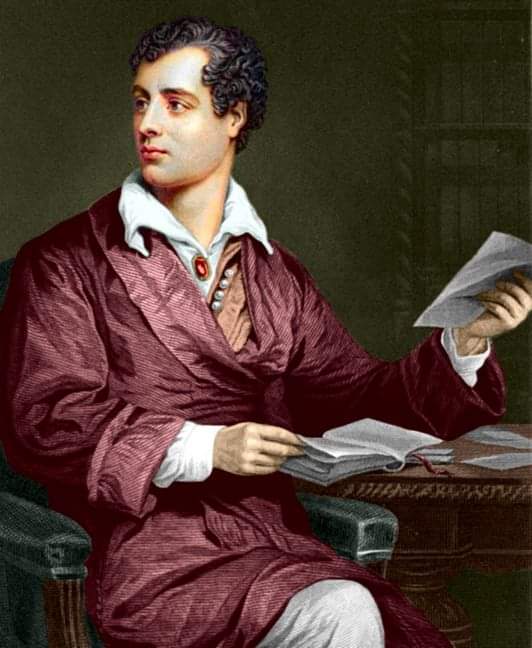
It is clear that Lord Byron’s writing style was distinct from that of Keats and Shelley. He was profoundly impacted by the satire and humor that was prevalent throughout the preceding era, and he incorporated these elements into his poetry. The classic legend of Don Juan serves as the inspiration for his satire masterpiece, Don Juan (1819-1824), which is narrated in 17 cantos, which are divisions of large poems. Byron alters the way the narrative was originally told, and rather than portraying a figure who is a womanizer, he creates Don Juan someone who is easily seduced by women.
Through the cantos, the reader follows the adventure of his character as he travels throughout Europe, meeting a number of different women and continually attempting to get away from disaster. The other significant piece of writing that Byron produced is Childe Harold’s Pilgrimage (1812-1816), which is another extended narrative poem.
An extensive amount of Byron’s personal travels are discussed in this poem, which is primarily biographical in nature. A young man who has been through many years of war and is now looking for a fresh start in a different country is the subject of this piece, which depicts his thoughts and feelings. The Byronic hero, who is often a gorgeous and clever man with a tendency to be melancholy, cynical, and rebellious against societal standards, was developed thanks to this poem, which is noteworthy since it introduced the Byronic hero.

